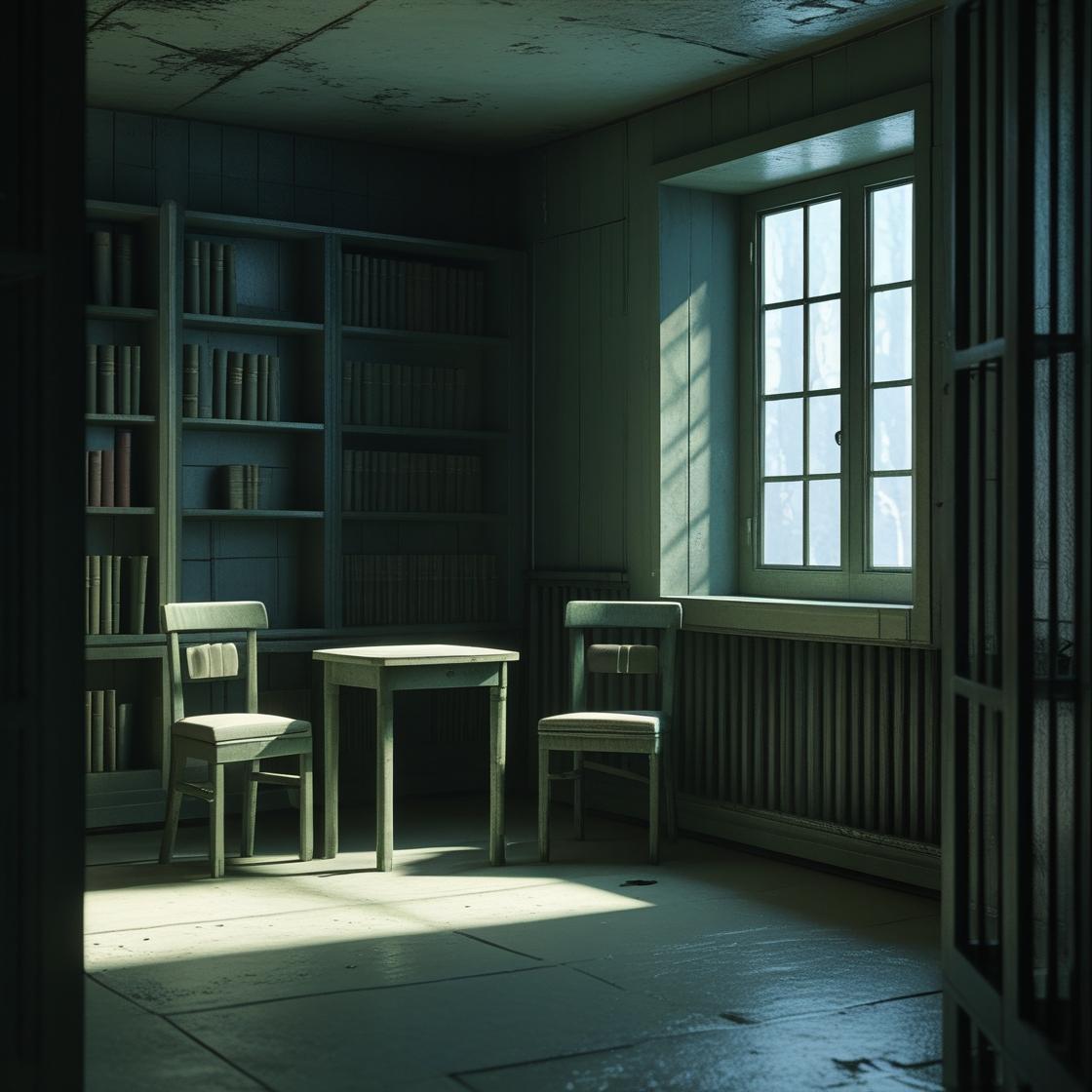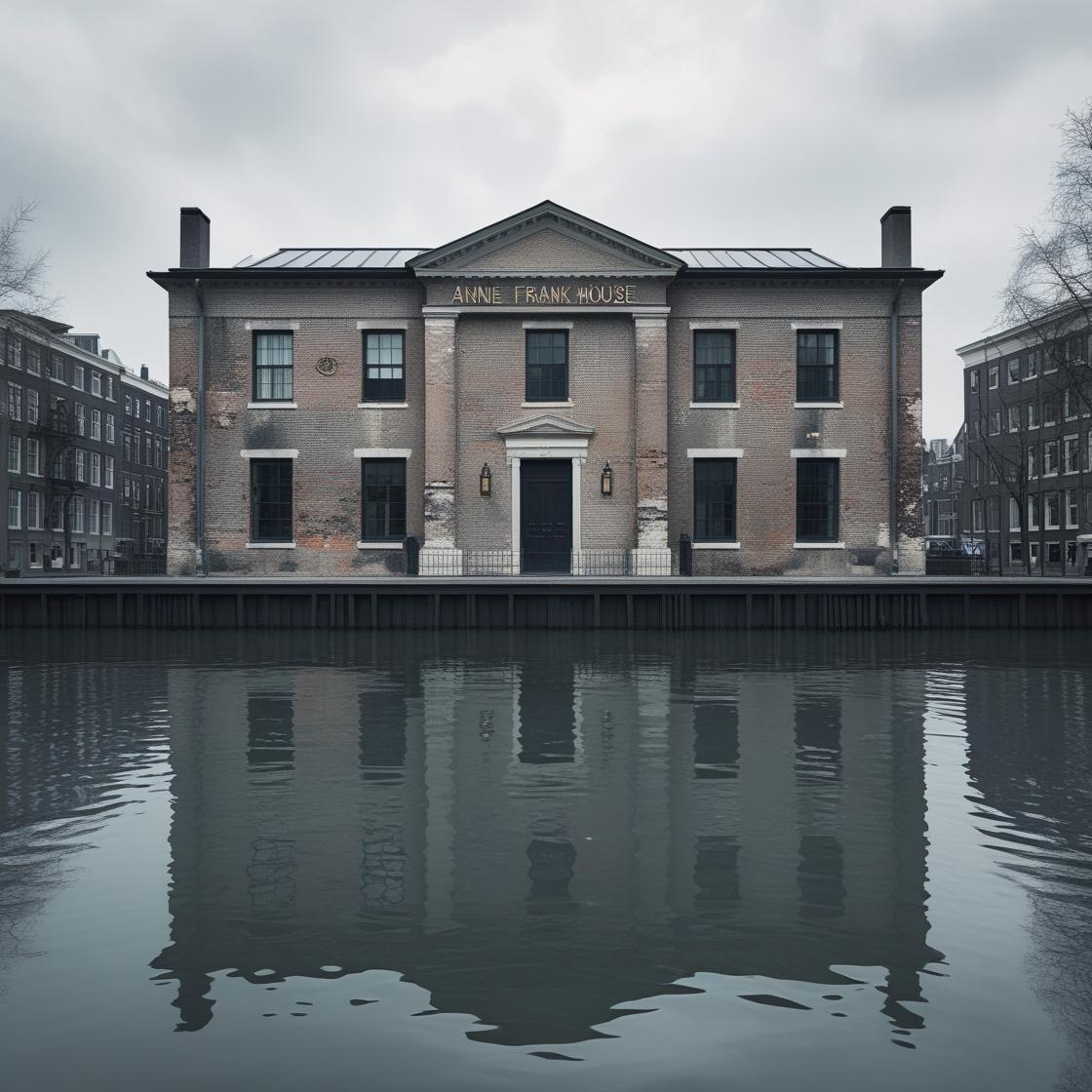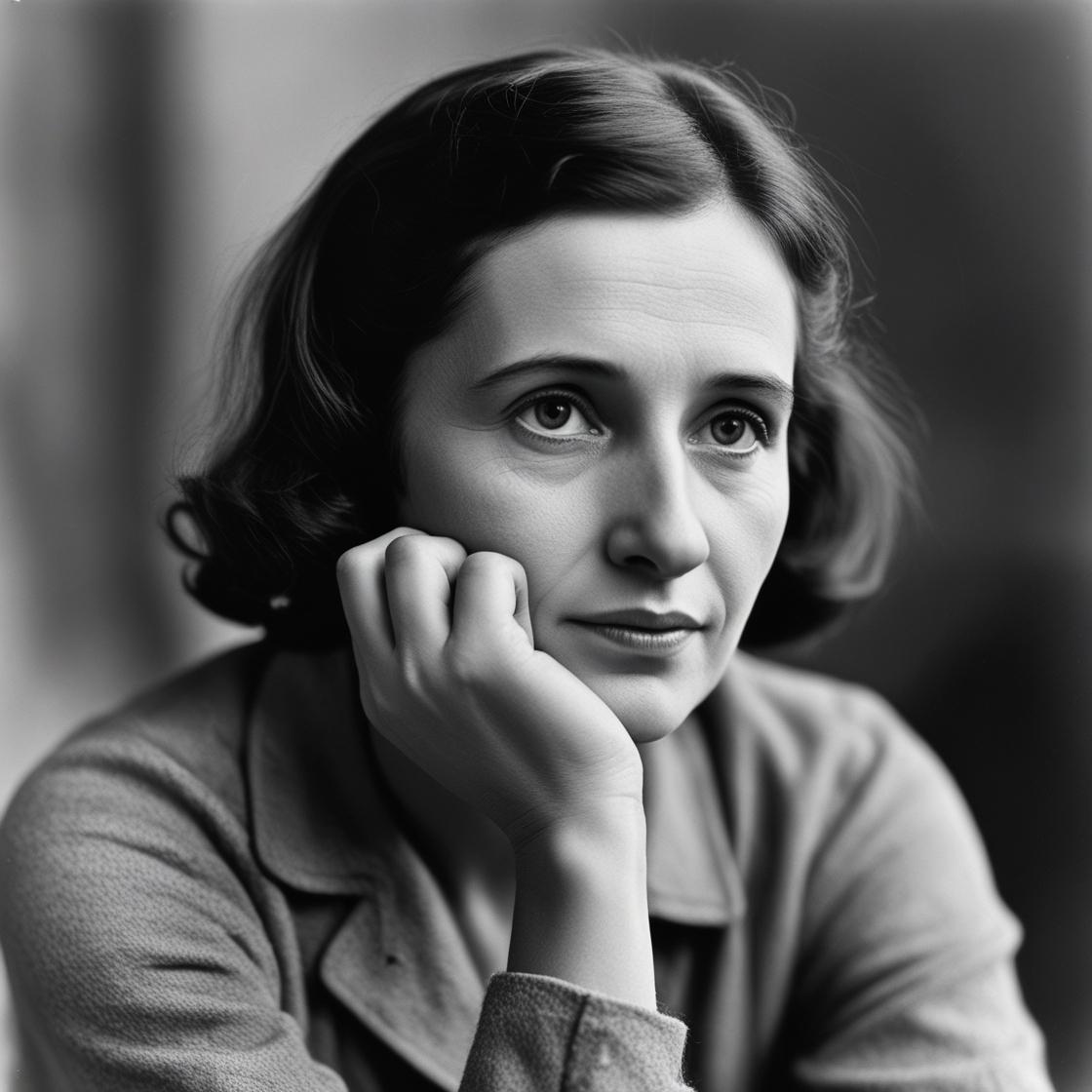The Anne Frank House: A Must-Visit in Amsterdam
Step into the world of Anne Frank at this poignant museum, the actual house where she and her family hid during World War II and where she wrote her famous diary.

The Secret Annex
Explore the hidden rooms where the Frank family and four others lived in hiding for over two years.

Anne's Diary
See the original diary and notebooks where Anne documented her thoughts, feelings, and experiences.

The Canal House
The historic building on the Prinsengracht canal that housed Otto Frank's business and the Secret Annex.
A Profound Historical Site
The Anne Frank House is a powerful reminder of the events of the Holocaust and the importance of tolerance and human rights. Anne's diary, translated into numerous languages, has touched millions worldwide, offering a personal and moving account of life under persecution.
Planning Your Visit
A visit to the Anne Frank House is a deeply moving experience. You'll walk through the preserved rooms of the Secret Annex, see original artifacts, and learn about the daily lives of those in hiding. It's recommended to book tickets well in advance via the official website, as they sell out quickly.
Visitor Tips
-
Book tickets online in advance via the official Anne Frank House website.
-
Allow at least 1 hour for your visit.
-
Photography is not permitted inside the museum to protect the original items and ensure a respectful atmosphere.
For the most current information on opening hours, ticket availability, and visitor guidelines, please always refer to the official Anne Frank House website.

"In spite of everything, I still believe that people are really good at heart." � Anne Frank